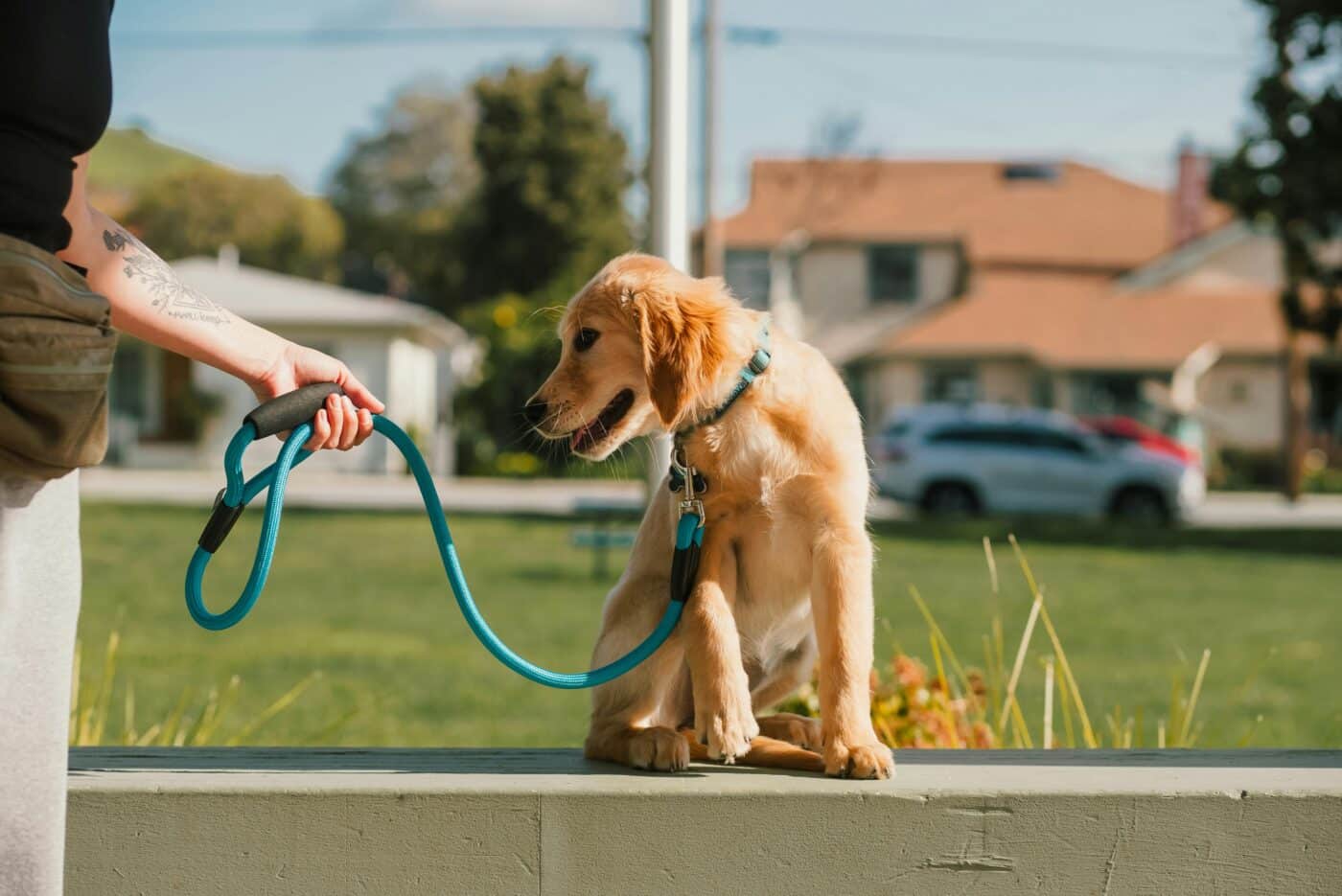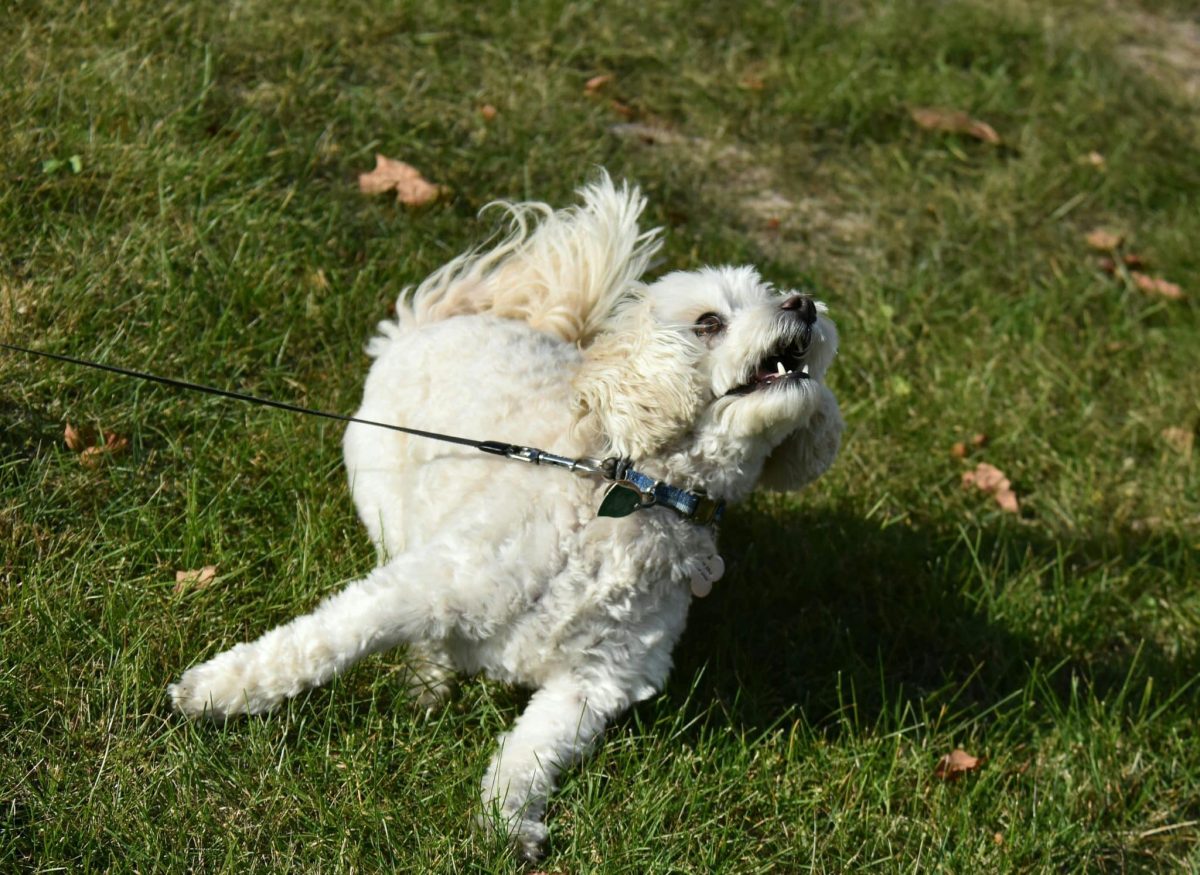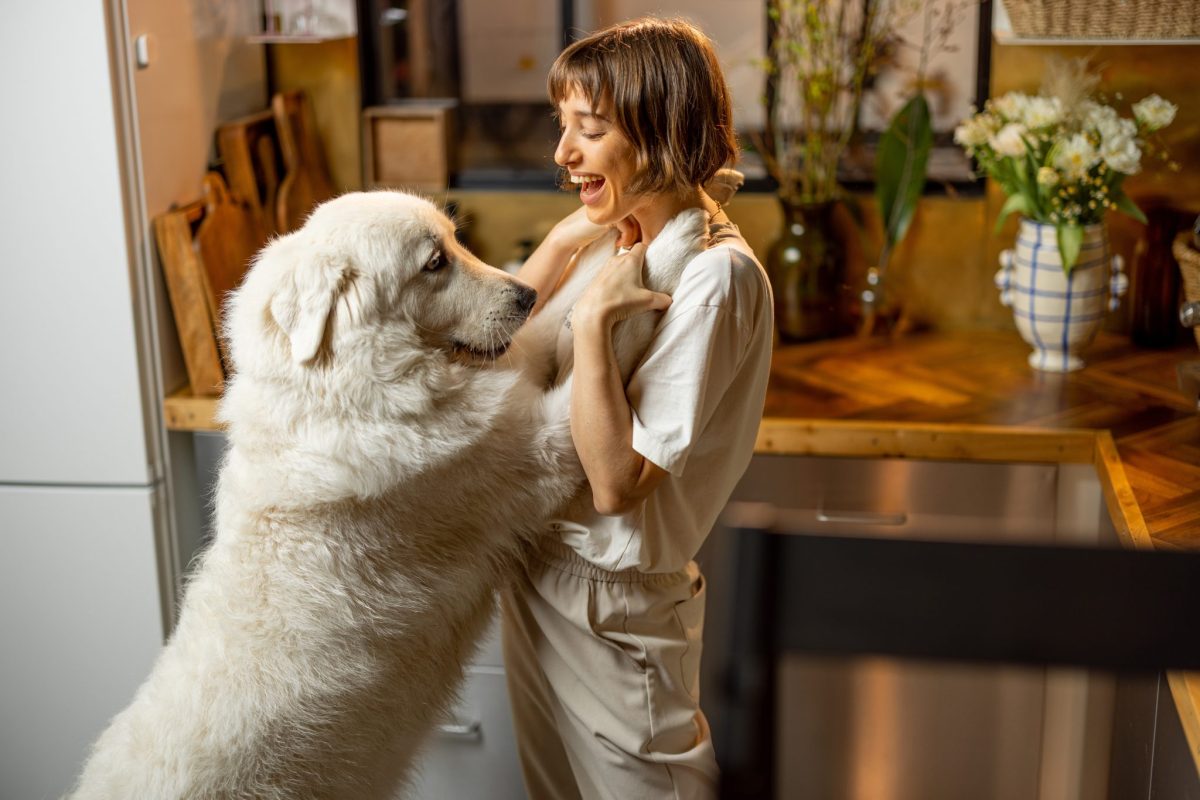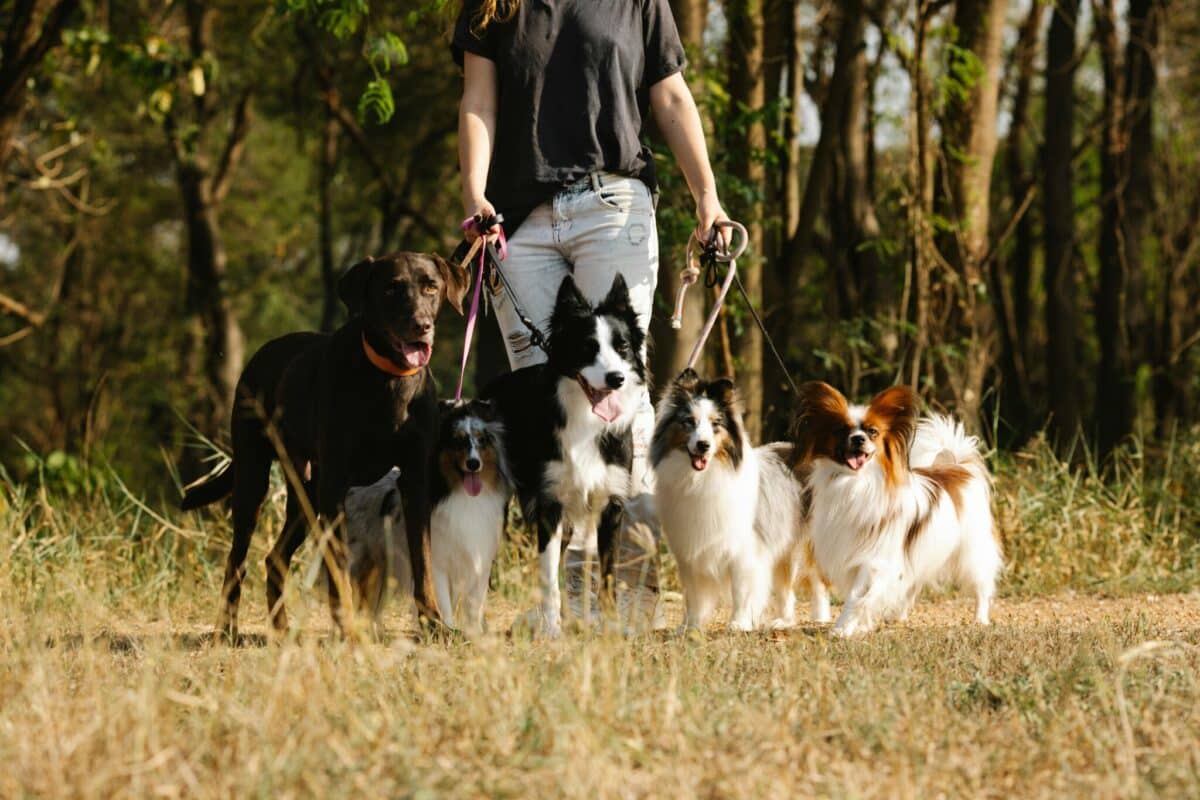 Shutterstock
Shutterstock
Taking your dog for a walk is usually a highlight of their day, but what if they suddenly stop and refuse to move, despite your encouragement? While it might seem like stubbornness, there can be many reasons behind this behavior. Dogs communicate with us in various ways, and refusing to walk is often their way of telling us something important. Whether it’s due to fear, discomfort, or sensory overload, it’s essential to understand that your dog’s reluctance to walk might be a sign of something more than just defiance.
Fear or Anxiety
 Shutterstock
Shutterstock
One of the most common reasons dogs refuse to walk is fear or anxiety. A dog may encounter something on the walk that scares them, such as a loud noise, a busy street, or an unfamiliar object. Dogs have strong survival instincts, and when they feel threatened or uneasy, they may freeze up or refuse to move forward. This is especially common in dogs who are naturally more anxious or have had negative experiences in the past. If your dog seems scared, it’s important to address the source of their fear and help them feel safe rather than assuming they’re being difficult.
Physical Pain or Discomfort
 Shutterstock
Shutterstock
Dogs that are experiencing physical pain or discomfort may refuse to walk because it hurts to move. This can be caused by various issues such as arthritis, hip dysplasia, or injuries to their paws or legs. Even something as simple as a thorn in their paw can cause your dog to stop walking. It’s important to check your dog for any signs of injury or discomfort if they suddenly refuse to walk. A vet visit might be necessary to ensure there’s no underlying health issue causing them pain.
Ill-Fitting Harness or Collar
 Shutterstock
Shutterstock
An ill-fitting harness or collar can cause discomfort, leading a dog to refuse to walk. If the harness is too tight, too loose, or rubbing in the wrong places, it can make walking unpleasant for your dog. Similarly, some dogs are sensitive to certain types of collars, particularly if they feel restrictive or painful. Before assuming your dog is being stubborn, check to make sure their walking gear fits properly and isn’t causing them any irritation.
Overexertion or Fatigue
 Shutterstock
Shutterstock
Dogs can get tired, just like humans, and overexertion may be the reason behind their refusal to walk. If your dog has been exercising more than usual, or if they’ve been walking in hot weather, they might be feeling fatigued and simply need a break. This is especially true for older dogs or dogs with lower stamina. Always be mindful of your dog’s energy levels, and don’t push them to walk further than they’re capable of at the moment. Sometimes, they just need a rest.
Heat Sensitivity
 Shutterstock
Shutterstock
Dogs are much more sensitive to heat than humans, and walking on hot pavement can be painful for their paws. If your dog refuses to walk on a hot day, it’s likely because they’re trying to protect their feet from the heat. In extreme temperatures, dogs can also overheat quickly, leading them to stop walking to avoid becoming overheated. If it’s a hot day, try walking your dog early in the morning or later in the evening when the pavement is cooler, and always make sure they have access to water.
Lack of Training
 Shutterstock
Shutterstock
In some cases, a dog may refuse to walk because they haven’t been properly trained to walk on a leash. If a dog isn’t used to the sensation of a leash or doesn’t understand how to follow their owner’s lead, it may become confused or resistant. Puppies, in particular, may need time to learn how to walk on a leash without pulling or stopping. Positive reinforcement training can help dogs learn that walking on a leash is a fun and rewarding experience, making them more eager to participate in walks.
Sensory Overload
 Shutterstock
Shutterstock
Dogs have incredibly sensitive senses, and sometimes the world around them can become overwhelming. If there are too many stimuli—such as loud noises, strong smells, or lots of people—dogs can experience sensory overload, leading them to refuse to walk. This is especially common in busy urban environments where there’s a lot of hustle and bustle. If your dog is prone to sensory overload, try walking them in quieter areas where they can relax and enjoy the experience without feeling overwhelmed.
Fear of a Specific Location
 Shutterstock
Shutterstock
Some dogs develop a fear of specific locations, which can cause them to refuse to walk in certain areas. This could be because they’ve had a negative experience in that location before, such as a run-in with another dog, a loud noise, or even something they found frightening that you might not have noticed. If your dog consistently refuses to walk past a certain point, it might be worth trying to understand what about that area makes them anxious and finding a way to work around it.
Medical Issues
 Shutterstock
Shutterstock
Certain medical conditions, such as heart disease, respiratory issues, or neurological problems, can cause a dog to refuse to walk. These conditions can make physical activity difficult or uncomfortable for your dog, leading them to stop walking as a way to protect themselves. If your dog’s refusal to walk is accompanied by other symptoms like lethargy, coughing, or difficulty breathing, it’s important to consult a veterinarian to rule out any serious health issues.
Weather Sensitivity
 Shutterstock
Shutterstock
Just as humans can be sensitive to certain types of weather, so can dogs. Some dogs refuse to walk in the rain, while others may be reluctant to go out in the cold or wind. Weather sensitivity can vary from dog to dog, and in many cases, it’s just a matter of preference. If your dog doesn’t like a particular type of weather, try making the walk as comfortable as possible by using appropriate gear (such as a doggy raincoat) or shortening the walk during unpleasant conditions.
Feeling Overwhelmed by Changes
 Shutterstock
Shutterstock
Dogs are creatures of habit, and sudden changes to their routine or environment can cause stress and confusion. If you’ve recently moved, changed your walking route, or introduced a new family member or pet, your dog may be refusing to walk due to feeling overwhelmed by the changes. In these situations, it’s important to give your dog time to adjust and help them feel comfortable with the new routine. Patience and reassurance can go a long way in helping your dog get back to enjoying their walks.
Simply Not Feeling Like It
 Shutterstock
Shutterstock
Sometimes, the simplest answer is the right one: your dog just might not feel like walking at that moment. Just as we have days where we’d rather stay in bed than go for a jog, dogs can have days where they’re not in the mood for a walk. This can happen if your dog is feeling a bit lazy, sleepy, or even emotionally out of sorts. While dogs generally enjoy their walks, they’re not always going to be in the mood for one, and that’s okay. Give them some time, and they’ll likely be ready for a stroll later on.
When the “Paw-ty” Stops: Walking Isn’t Always on Their Agenda
 Shutterstock
Shutterstock
Ever felt like your dog is treating you to a stubborn standstill in the middle of your favorite walking route? It’s almost like they’ve decided that today is the day to turn a peaceful stroll into a full-blown “I’m not moving” marathon. While we might be tempted to think our pups are just being difficult, there’s usually more going on beneath the surface. Whether they’re tired, scared, or just not in the mood, dogs have plenty of reasons to take a break from their walking adventures.

 1 month ago
12
1 month ago
12


















 English (US) ·
English (US) ·